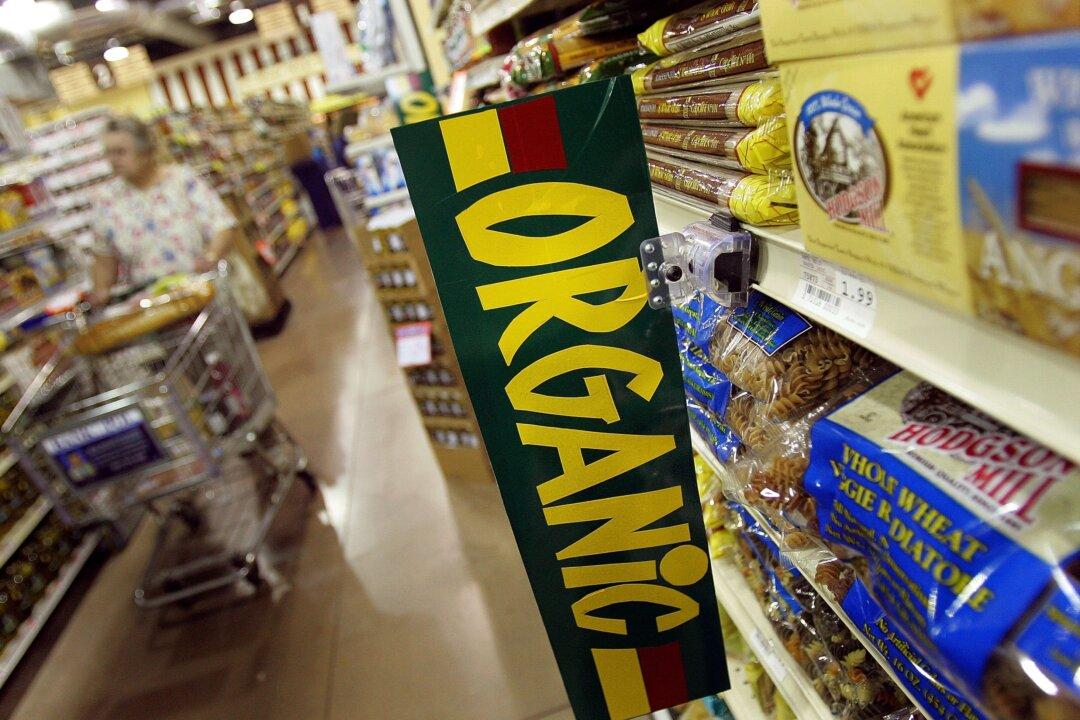Many people think that organic food reduces exposure to added chemicals. For example, organic foods don’t have added hormones, and they reduce exposure to antibiotic-resistant bacteria. The result is that organic food has become popular. But, unfortunately, with that increased popularity comes the expense.
Organic food, therefore, can be an expensive addition to your grocery bill. How much have organic food costs increased? Are there any low-cost options? Here are some ways to purchase organic food that are also healthy for your budget.






